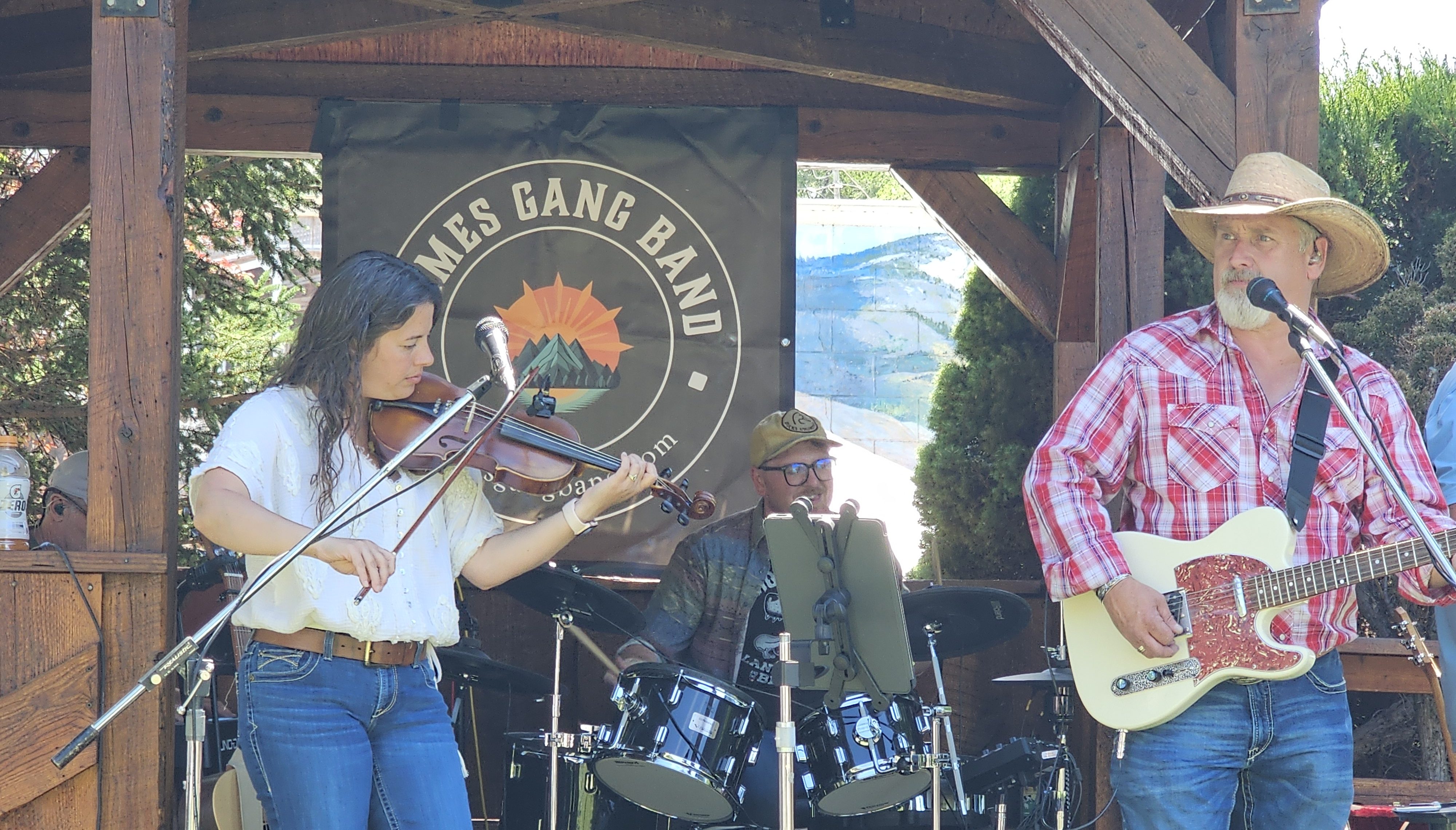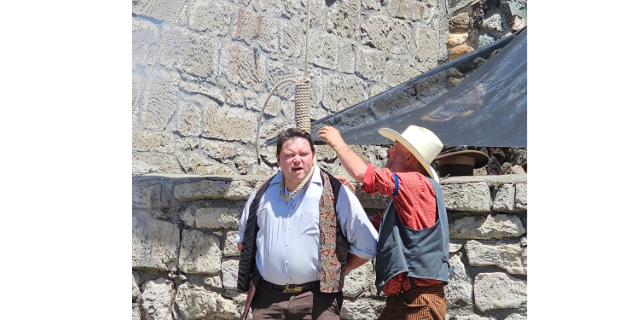Shooting the Breeze: The Turner stock option
Published 6:15 am Friday, September 8, 2023

- Dale Valade
What a wonderful variety of wood there is for gunstocks! Walnut is far and away the most prevalent, and with good reason. It is stout and pleasing to the eye. Some of the most popular varieties of walnut are Bastogne, Claro, English and French.
Other species commonly used for gunstocks are maple, beech, ash, hickory, birch, bubinga, myrtle, mahogany, cherry, rosewood, mesquite and yama. These, of course, vary in stength, density, weight, figure and color. It seems that nearly every tree has been put into service via trial and error as a gunstock or handgun grip material at one time or another.
Here on the dry side of the state, we are blessed with an array of non-hardwoods. Most abundant is a cedar variety most commonly known as juniper. The stringy, tight-grained trees are known for their virility, myriads of branches and propensity for growing nearly anywhere. It is said that an adult juniper tree can consume up to 100 gallons of water daily.
The chaotic wood grain patterns featuring a white or yellow outer shell and an orange or deep red heartwood make it attractive for many artisans. I’ve seen picture frames, tables and chairs, flowerboxes and birdhouses — just to name a few — constructed of this ubiquitous wood.
But what about a gunstock? Like you, I guffawed at such a notion the first time I heard it. However silly it may seem, as you can see from the accompanying photo, such a wood can be used for a gunstock.
My grandfather, Duane Turner, having divined the idea, sent in a healthy-sized juniper branch to a renowned stockmaker some years ago. Cutting the branch into thin plies and gluing them together provided a laminated rigidity which permitted inletting and carving the gunstock.
I call this the Turner stock. It resides merrily upon an old family heirloom Remington semi-automatic chambered in .22 LR. The pleasant recoil of the .22 will never be such as to cause the stock to split, and the random dappling of red, orange and yellow colors is eye-catching.
I wonder how it would look as a set of pistol grips on a Ruger Single Six in .22 or perhaps even a .32? Maybe we could venture so far as to put a set of juniper grip panels on a 1911 .45 ACP?
If you were to do such a thing, I can practically guarantee you’ll have the only ones like them. And what could be more representative of Eastern Oregon than a gun with a juniper wood stock? All I ask is that you give credit where credit is due. You heard it here first, and around here we call that a Turner stock!
Is a Turner stock in your future? Write to us at shootingthebreezebme@gmail.com and check us out on Facebook!





